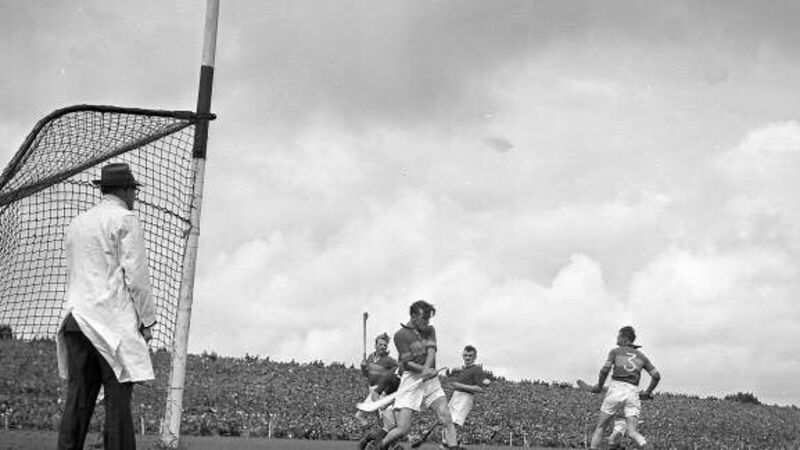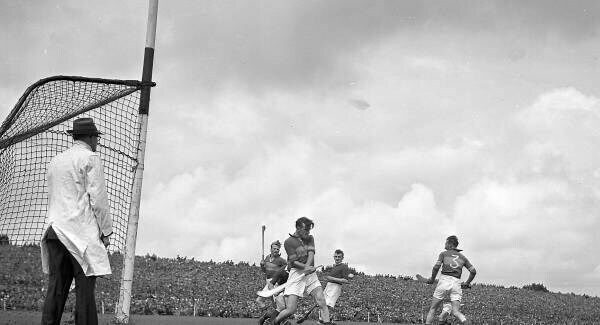Documentary shows hurling as you have never seen it before

Try from €1.50 / week
SUBSCRIBE
By Michael Moynihan
Already a subscriber? Sign in
You have reached your article limit.
Annual €130 €80
Best value
Monthly €12€6 / month
Introductory offers for new customers. Annual billed once for first year. Renews at €130. Monthly initial discount (first 3 months) billed monthly, then €12 a month. Ts&Cs apply.
CONNECT WITH US TODAY
Be the first to know the latest news and updates
Newsletter
Latest news from the world of sport, along with the best in opinion from our outstanding team of sports writers. and reporters
Push Notifications
By clicking on 'Sign Up' you will be the first to know about our latest and best sporting content on this browser. Please note if you are unable to sign up via your mobile web browser, please download and sign up for mobile push notifications via our FREE mobile news app.
Sign UpYou have accepted push notifications for this content. If you would like to manage your push notification preferences, you can do so here.
Monday, December 8, 2025 - 5:00 PM
Monday, December 8, 2025 - 5:00 PM
Monday, December 8, 2025 - 6:00 PM
© Examiner Echo Group Limited